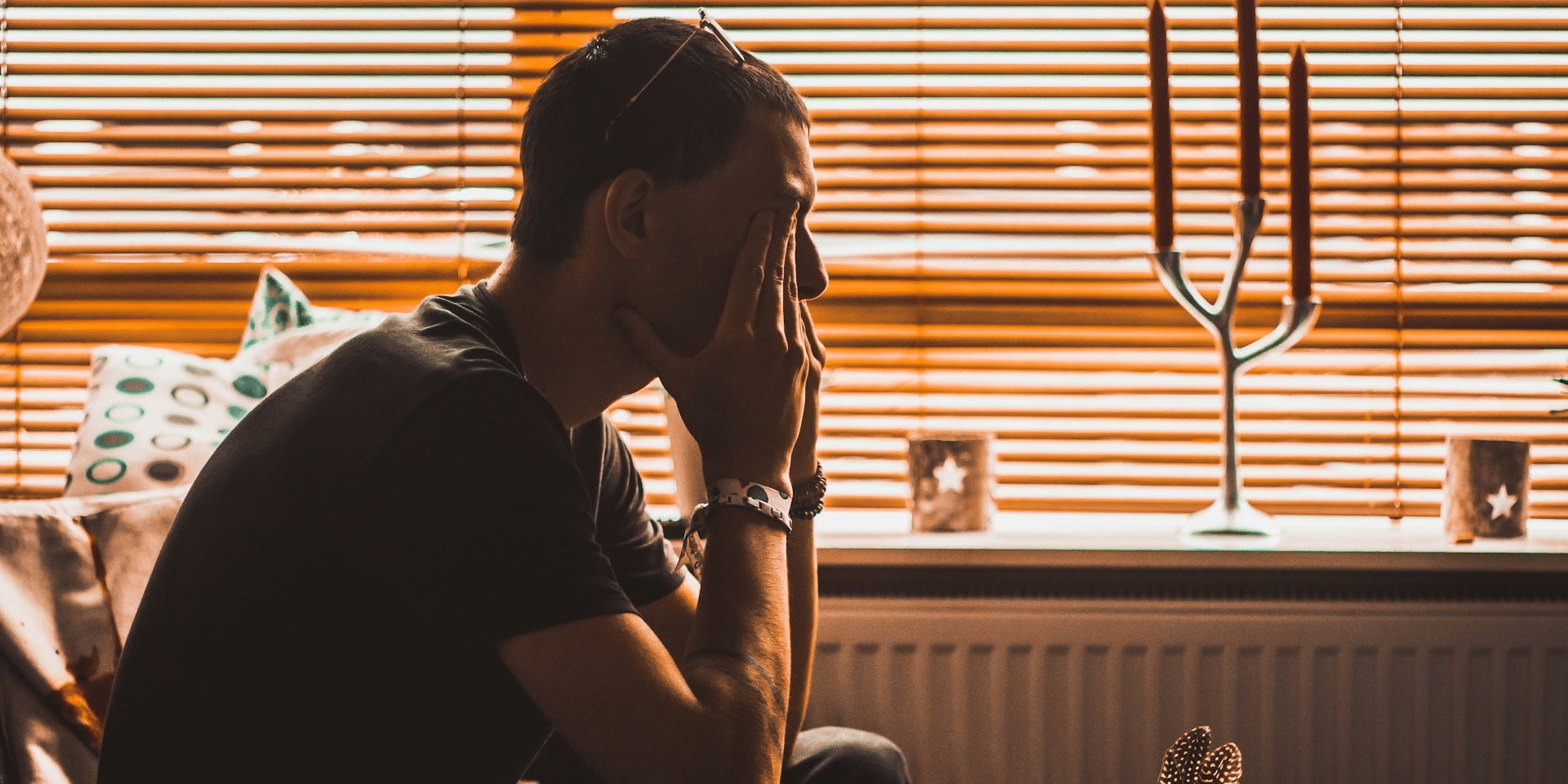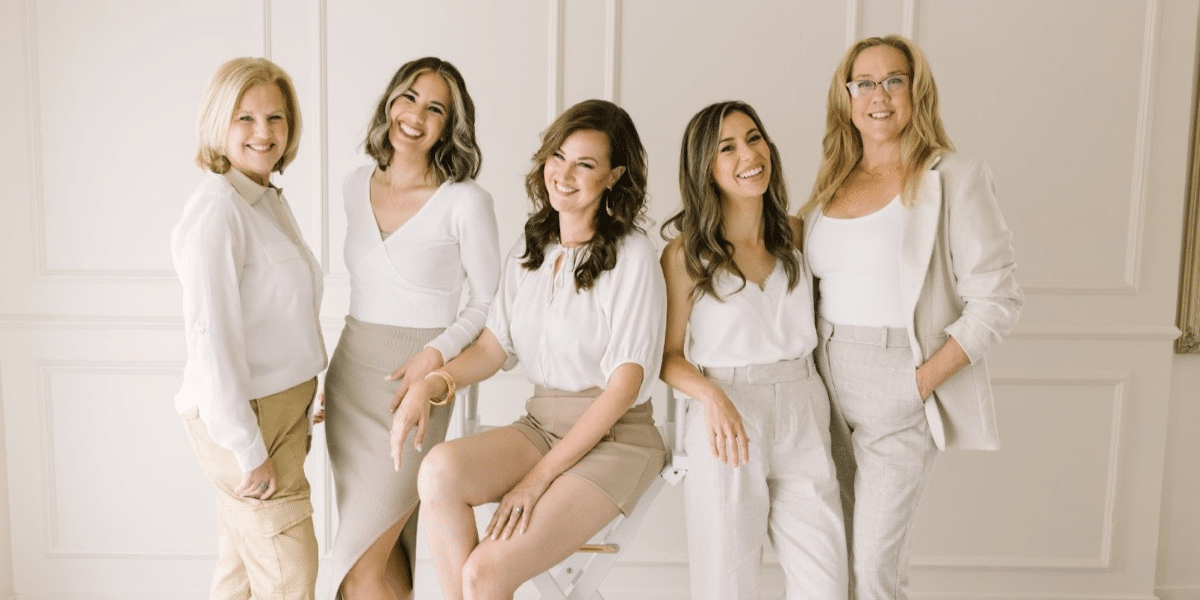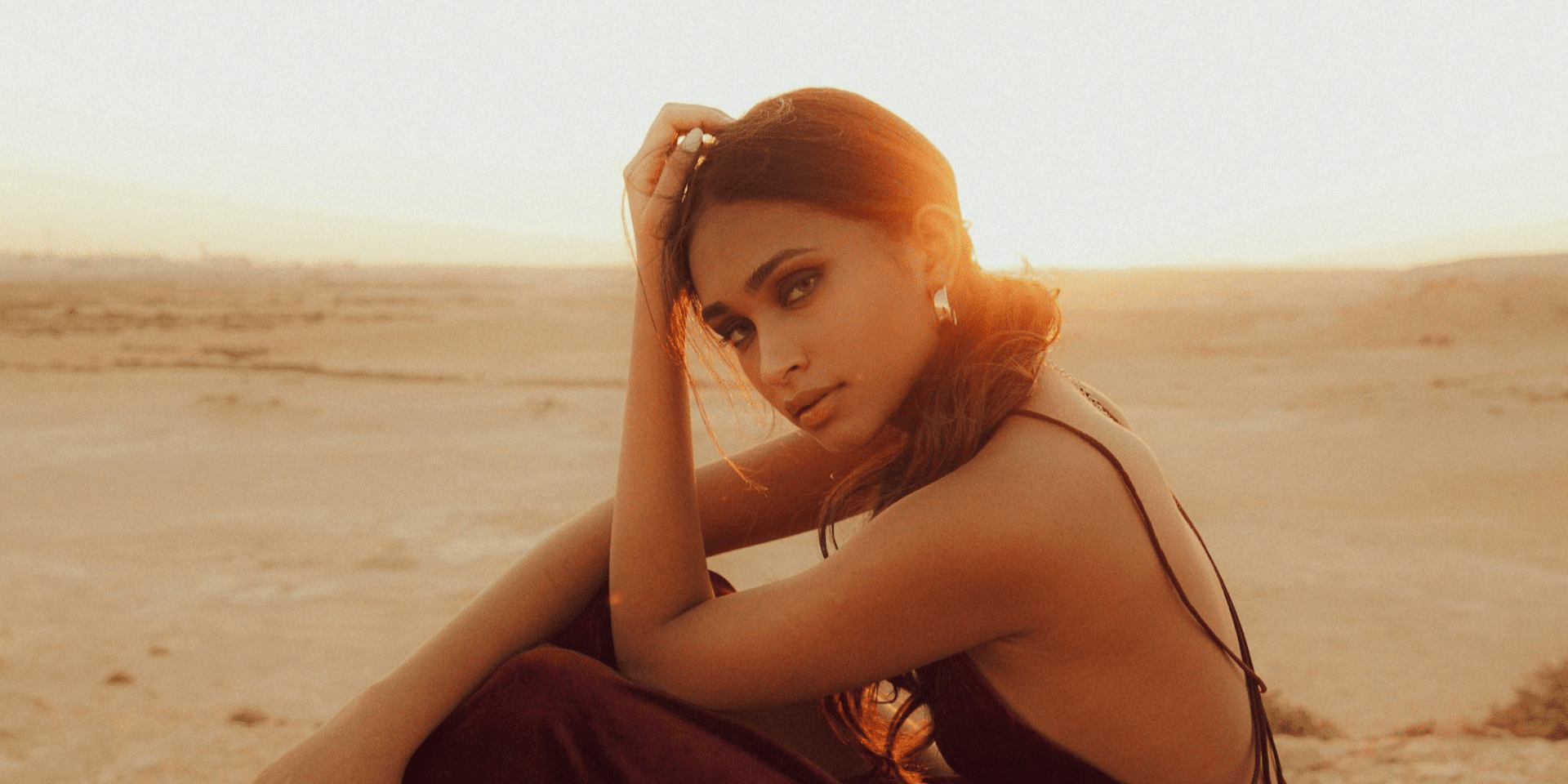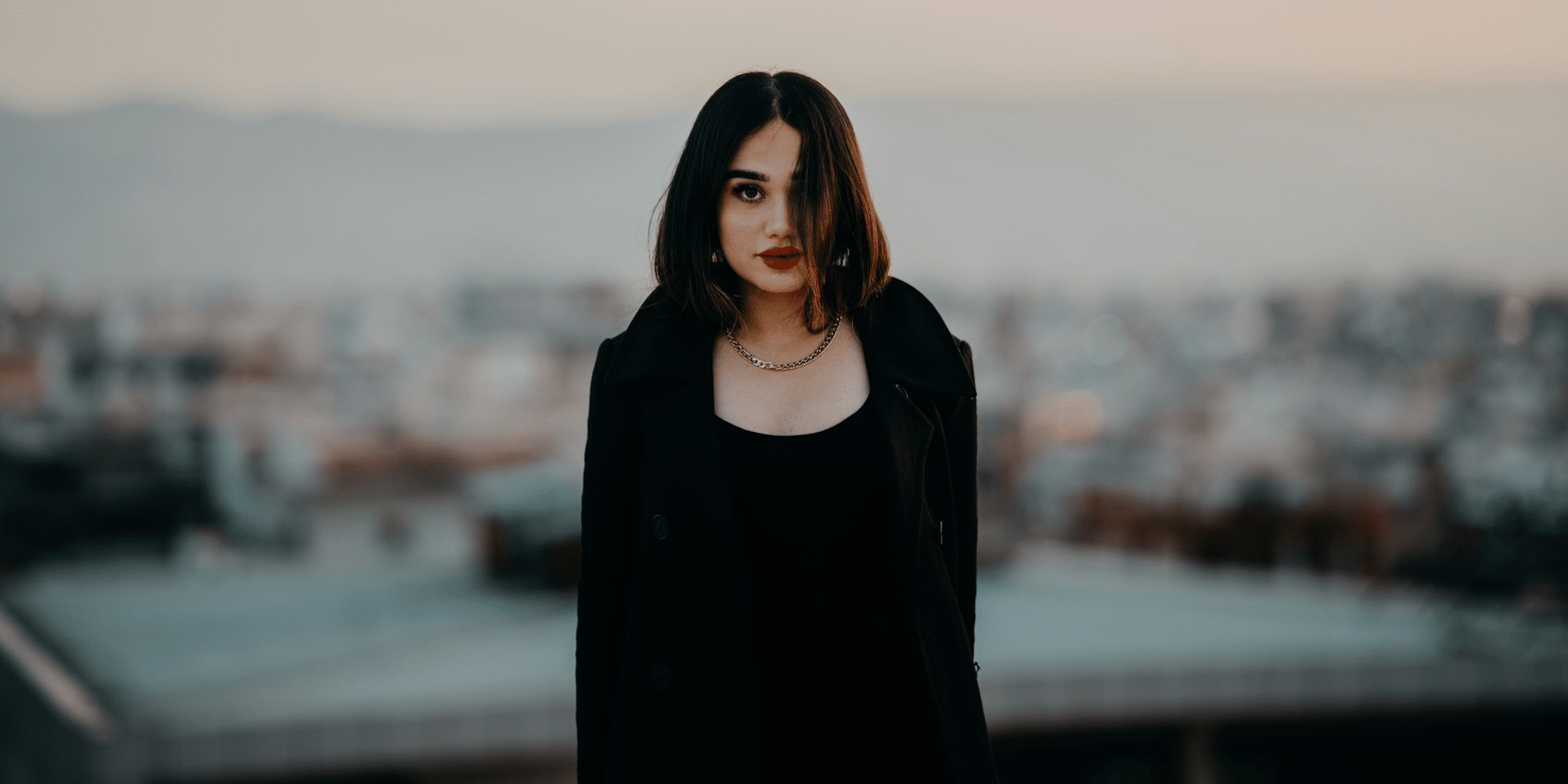Have you ever watched a movie and felt a sense of tension building up, even before anything dramatic happens? That tension isn’t just a result of the plot or the actors’ performances – it’s often carefully crafted through the use of camera angles and lighting. In this article, we’ll explore how filmmakers manipulate these visual elements to create suspense, anticipation, and unease in movies, and how you can recognize and appreciate their effects.
Understanding Camera Angles
Camera angles refer to the perspective from which a scene is filmed. By changing the angle at which the camera captures a shot, filmmakers can alter the viewer’s perception of the scene and the characters within it. Here are some common camera angles and their effects:
1. Low Angle
A low-angle shot is captured from below the subject, looking up. This angle can make characters appear larger, more powerful, and imposing. In tense moments, low-angle shots can intensify the sense of danger or threat posed by a character or situation.
2. High Angle
Conversely, a high-angle shot is taken from above the subject, looking down. This angle can make characters appear smaller, vulnerable, and diminished. In suspenseful scenes, high-angle shots can evoke feelings of helplessness or foreboding.
3. Dutch Angle
A Dutch angle, also known as a canted angle or oblique angle, involves tilting the camera to create a diagonal horizon line. This tilted perspective can produce a disorienting or unsettling effect, adding to the tension and instability of a scene.
4. Point of View (POV)
A point-of-view shot places the camera at the eye level of a character, showing the scene from their perspective. This immersive technique allows viewers to experience the action through the character’s eyes, heightening the sense of immediacy and involvement.
Harnessing the Power of Lighting
Lighting is another crucial tool for setting the mood and atmosphere in movies. By controlling the intensity, direction, and color of light, filmmakers can manipulate the visual elements of a scene and evoke specific emotions in the audience. Here’s how lighting contributes to tension in movies:
1. Low-Key Lighting
Low-key lighting involves using a minimal amount of light to create deep shadows and high contrast between light and dark areas. This dramatic lighting technique is often used in suspenseful or ominous scenes to create a sense of mystery and concealment.
2. High-Key Lighting
In contrast, high-key lighting uses bright, even illumination to minimize shadows and create a soft, cheerful atmosphere. However, when used selectively in tense moments, high-key lighting can create an eerie or unsettling effect by juxtaposing brightness with the darkness of the scene.
3. Chiaroscuro
Chiaroscuro is a technique that emphasizes the contrast between light and shadow to create a sense of depth and drama. By strategically positioning light sources and shadows, filmmakers can sculpt the contours of characters and objects, adding visual interest and intensity to the scene.
4. Color Temperature
The color temperature of light, measured in Kelvin (K), can also influence the mood and tone of a scene. Warm colors (e.g., red, orange, yellow) evoke feelings of warmth, intimacy, and passion, while cool colors (e.g., blue, green, purple) convey a sense of calm, isolation, or unease. By adjusting the color temperature of light sources, filmmakers can enhance the emotional impact of a scene and underscore its thematic elements.
Examples in Action
To better understand how camera angles and lighting work together to create tension in movies, let’s examine a few iconic examples:
1. “The Shining” (1980)
Stanley Kubrick’s horror masterpiece “The Shining” is renowned for its masterful use of cinematography and lighting to build tension and suspense. In the infamous “Here’s Johnny!” scene, the low-angle shot of Jack Nicholson’s character peering through the splintered door, bathed in eerie blue light, heightens the sense of menace and dread.
2. “Psycho” (1960)
Alfred Hitchcock’s psychological thriller “Psycho” features several iconic examples of lighting and camera angles used to create tension. In the shower scene, the combination of high-key lighting and quick cuts between low and high-angle shots creates a sense of disorientation and vulnerability, culminating in a shocking and suspenseful climax.
3. “No Country for Old Men” (2007)
In the Coen Brothers’ neo-western crime thriller “No Country for Old Men,” the use of chiaroscuro lighting and Dutch angles contributes to the film’s dark and foreboding atmosphere. In tense scenes such as the coin toss confrontation between Anton Chigurh and a gas station attendant, the stark contrast between light and shadow heightens the sense of danger and unpredictability.
The Artistry of Cinematography
Camera angles and lighting play a crucial role in shaping the mood, atmosphere, and emotional impact of movies. By carefully selecting and manipulating these visual elements, filmmakers can create tension, suspense, and unease that captivate and engage audiences. Whether it’s through low-angle shots that amplify the threat posed by a villain, high-key lighting that illuminates a sinister setting, or chiaroscuro techniques that heighten the drama of a scene, the artistry of cinematography is central to the cinematic experience. So the next time you watch a movie, pay attention to the subtle interplay of camera angles and lighting, and appreciate the skillful craftsmanship behind the scenes that brings the story to life on screen.






